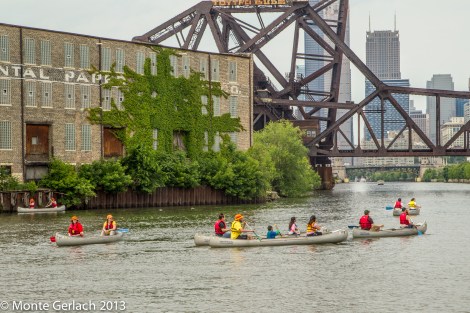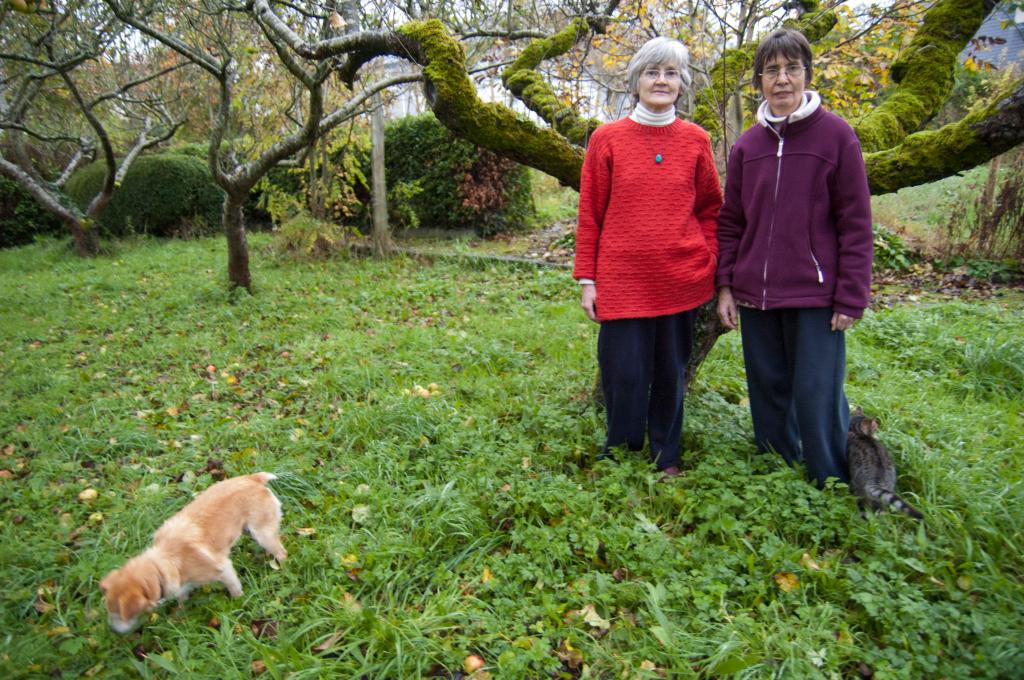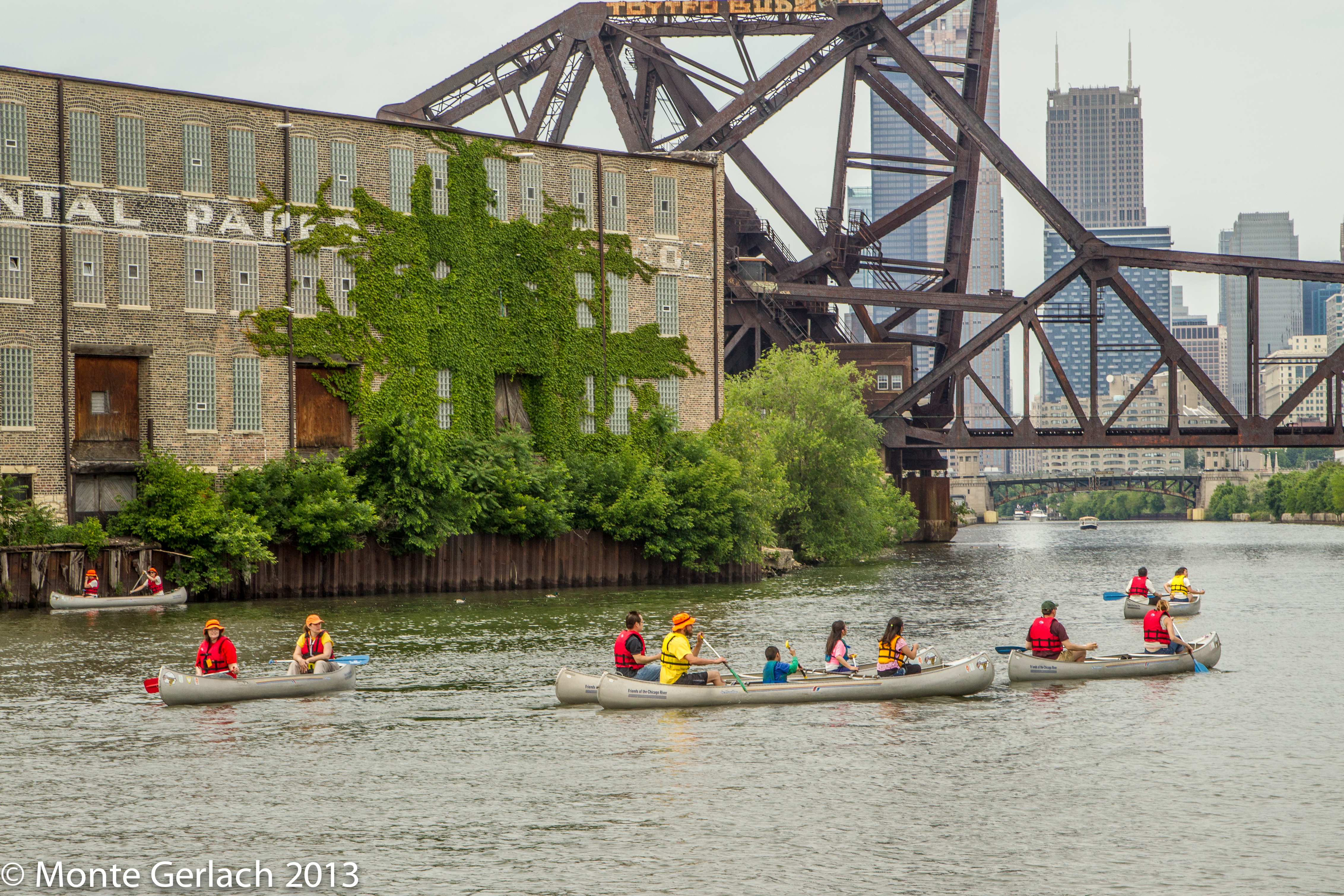
Monte Gerlach
The evolution of the Chicago River from “the Stinky,” as it was once called, to the city’s second watery playground, has the makings of a rags-to-riches story. The river, like those in most American metropolises, long served as an industrial transport system. At the turn of the last century, it was re-engineered to flow backwards to prevent bacteria and pollutants from flowing into Lake Michigan. Margaret Frisbie, executive director of the environmental nonprofit Friends of the Chicago River, says it became “a back alleyway filled with sewage and trash.”
In the heat of the Great Chicago Fire of 1871, even the flames, perhaps wary of its murky waters, jumped the river twice.
But this weekend, a striking new boathouse opens on the river’s banks. Designed by noted Chicago architect Jeanne Gang, the Clark Park Boathouse will help put more kayakers and canoers on the river that was paddled by early European explorers such as Louis Jolliet and Jacques Marquette.
The river’s revival picked up steam in 1998, when Mayor Richard M. Daley created the Chicago River Development Plan. Among the plan’s goals: cleaning the water, adding scenic overlooks, planting native shrubs, and making the river and its three branches accessible to the people. Since then, turtles and beavers and flocks of birds have replaced the parade of tires, manufacturing waste, and other flotsam, and Mayor Rahm Emanuel has set out to turn the waterway a into the city’s next recreational frontier.
When it’s finished, the Ol’ Pisspot, as some Bridgeporters have called it, will be lined with nearly 30 miles of recreational land. The city is currently building trails and bridges leading to the river, as well as river walks along the main branch that ribbons through the city’s skyscraper canyons.

Studio Gang Architects
The first of the city’s new boathouses opened this summer within Ping Tom Park, on the south branch in the Chinatown neighborhood. The Clark Park Boathouse, which will open Saturday, is located on the river’s north branch in the North Center neighborhood. Elements of its design echo the movement of rowing.
Still in the works, the Eleanor Street Boat House in Bridgeport will help transform Bubbly Creek located on the river’s south fork. Its blub-blub name, made famous by Upton Sinclair in The Jungle, is derived from the gaseous methane bubbles created by rotting entrails dumped into the river during slaughters at the long gone Chicago Stockyards. A fourth boathouse, the River Park Boathouse, is planned for the north branch in Albany Park.
As simple as they sound, the buildings will stand as symbols of a revived river made accessible to everyone, no longer hidden by industry and waste. Plying its clear waters, canoers and kayakers can tell tales of when the Potawatomi Indians lived along the river’s banks, and dare to breathe deeply. Ol’ Man River is smelling mighty good.



